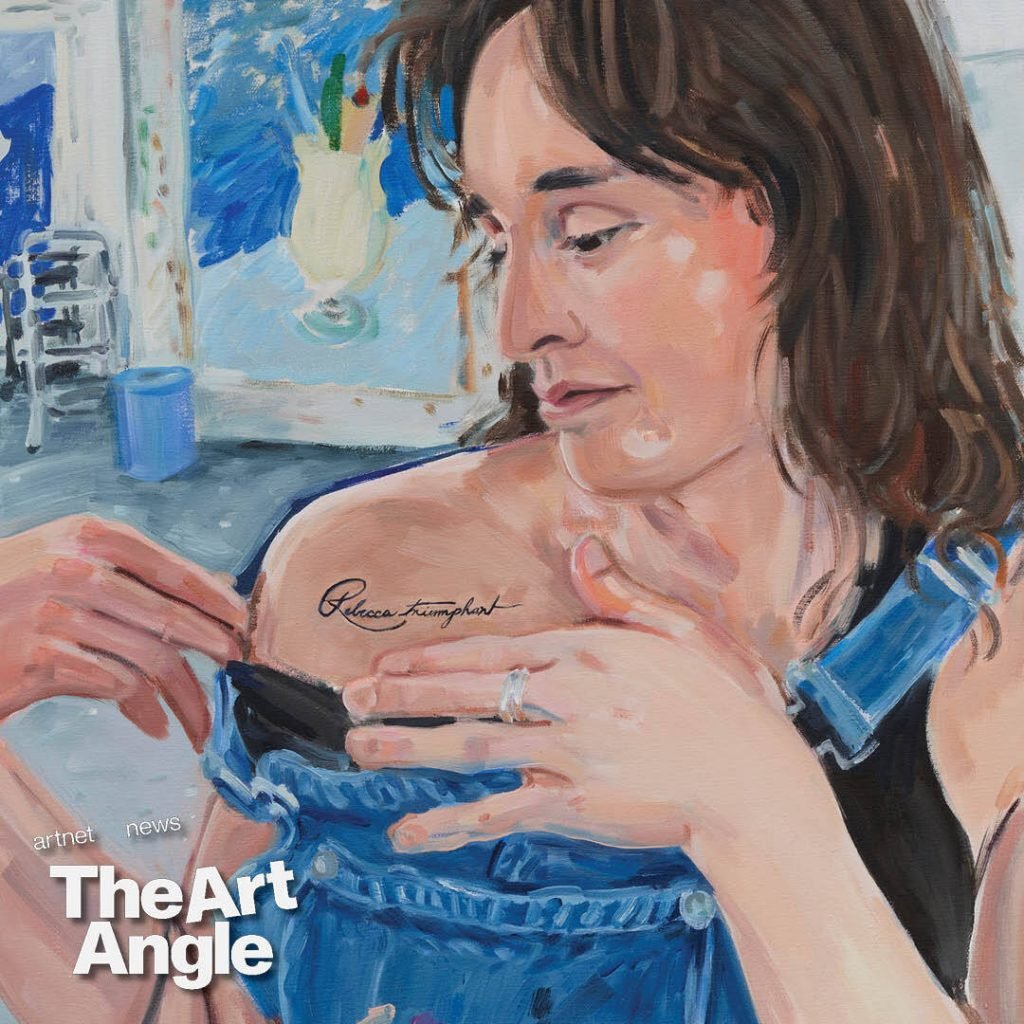The Art Angle
The Art Angle Podcast: What Is Hypersentimentalism? On the New Tendency in Art
Artnet's Kate Brown identifies a new trend in the contemporary art scene.

Artnet's Kate Brown identifies a new trend in the contemporary art scene.

Artnet News

Welcome to the Art Angle, a podcast from Artnet News that delves into the places where the art world meets the real world, bringing each week’s biggest story down to earth. Join us every week for an in-depth look at what matters most in museums, the art market, and much more, with input from our own writers and editors, as well as artists, curators, and other top experts in the field.
If you follow the mainstream art world, you will know that for the last decade, one of the biggest stories has been a boom in new kinds of figurative painting. A visit to the recent spate of art fairs in New York revealed that this boom is far from slowing down, but nothing stays unchanged forever, and trend-watchers have been scanning the landscape to see what new developments might emerge.
Artnet News’s European editor Kate Brown has an essay out where she brings together a some recent examples to speculate about a possible new wrinkle in the story of contemporary art right now. What’s cool in art right now? The answer might be that what’s cool is painting your cool friends. And the word that Kate uses to describe what she’s seeing is hypersentimentalism.
This is art that trades in knowingly-stylized or lightly-romanticized images of friends and colleagues with a heightened attention to intimate connections, and a veiled but also self-conscious attention to the art scene itself as a subject. In a recent conversation, national art critic Ben Davis joined Kate to hear about where she sees this new trend at play, and even more importantly, what other bigger developments in culture might be causing the drift toward this particular direction.